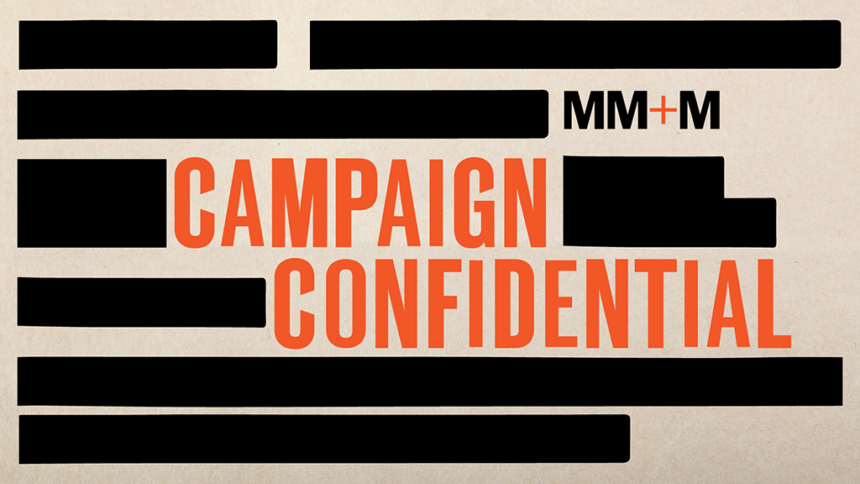GSK wanted to sound the alarm about shingles, so they built a campaign around one of the most notable aspects of the disease: chicken pox.
Everyone who has had chicken pox (99% of those over the age of 50) carries the varicella-zoster virus inside them. It is simply waiting for an opportune moment to wake up and become active again.
The 30-second spot at the heart of the British pharma giant’s Shingles is Sleeping campaign features over-50s at a barbeque, playing basketball, shopping and taking part in other activities, all with their eyes closed. They’re asleep, just like the virus that causes shingles.
If you’re thinking that everyone, or almost everyone, already knows that, GSK doesn’t disagree.
Stephanie Jen, VP of marketing for U.S. vaccines at GSK, explains that there is relatively high consumer awareness of shingles but there is still work to be done on the education front.
“The gap that we’re trying to address is that [people over the age of 50] don’t see themselves at risk,” Jen says. “To put some numbers around it, 60% of adults over 50 don’t know or don’t think that they’re personally at risk for shingles.”
As is the case with many campaigns, Jen describes the path to the final campaign as having involved many detours along the way with other approaches. This includes pivots from “super serious to more humorous,” all orchestrated by Tank Worldwide, GSK’s agency of record.

From Jen’s perspective, part of the effectiveness of the final Shingles is Sleeping messaging is the parallel between the dormant virus and the viewer unaware of their risk. The former may “wake up” under the right (or wrong) conditions while the latter needs to wake up to the risks of shingles and the possibility of being vaccinated against it.
Additionally, the campaign website, whatisshingles.com, offers a wealth of resources, including about shingles vaccines. The website also stands out from many other campaign websites in that it is fully bilingual, in both English and Spanish.
When asked why GSK adopted this approach for this campaign, Jen says, “I would start with the basic fact that in the U.S. the Hispanic population represents 18% of the overall population. The numbers alone say that this is an audience that no one, not just GSK but all of pharma and biotech, should be ignoring.”
To complement the bilingual website, GSK also shot a separate Spanish-language spot. Instead of simply dubbing the English-language ad, the actors in the Spanish spot are shown in various scenarios, ranging from multi-generational households to people playing soccer, or fútbol as it were, which may feel more relevant to Hispanic viewers.
“It goes beyond representation to cultural relevance. It’s not just about language, but also activities, scenarios and cultural references that we felt were going to resonate with that audience,” Jen says.
While she notes that GSK has had other bilingual campaigns in the past, Shingles is Sleeping represents a new approach with the diversity of the audience central to the campaign—both the TV spots and the website—beginning with the initial brainstorming.
“What I think is fantastic about this particular execution is that it’s not just about translation that happened after starting with a diverse general market version of the website,” she explains. “We approached the process with additional communities in mind at the outset. Within our own team at GSK, we’ve said that that is the new bar.”
In the end, Jen sees the strengths of this campaign as rooted in a message that is both simple and powerful, in any language.
“The virus is there, it’s in me, it’s in 99% of people [over 50], it’s dormant and it could literally wake up at any time,” she says. “That is the hook of the creative and why I think the campaign is so compelling.”








